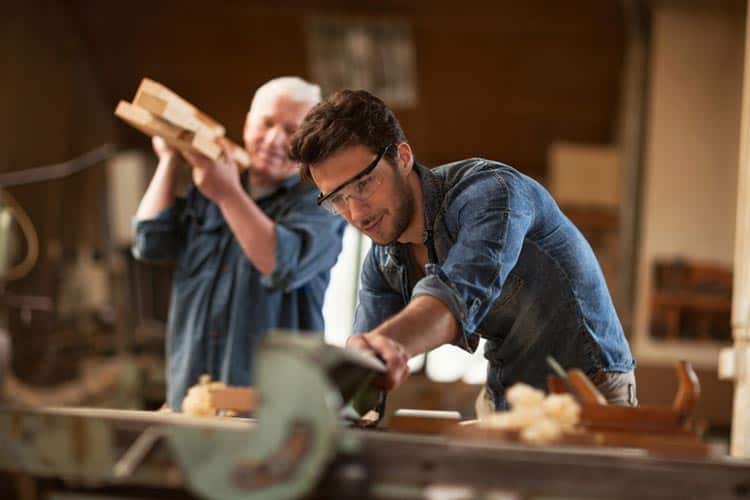First and foremost, let’s talk about the dangers. One of the biggest risks when it comes to joinery and cabinet making is injury from power tools. Table saws, routers, and other power tools can cause serious harm if not used properly. Always read the instructions before using any tool, and make sure you know how to operate it safely.
Another danger to be aware of is the use of chemicals. Many finishes and adhesives used in cabinet making contain harmful chemicals that can cause skin irritation, respiratory problems, and even long-term health issues. Always wear protective gear such as gloves, masks, and eye protection when working with these substances.
Additionally, woodworking can create a lot of dust and debris, which can cause respiratory problems if inhaled. Make sure you have proper ventilation in your workspace, and consider wearing a mask to filter out any airborne particles.
Now, let’s talk about some safety recommendations to keep in mind when working on joinery and cabinet making projects.
Firstly, always wear proper protective gear. This includes gloves, eye protection, and a mask. Even if you’re just sanding or applying finish, you should always protect your hands, eyes, and lungs.
Secondly, make sure you have a clean and organised workspace. Clutter and debris can not only be a safety hazard, but can also hinder your work. Keep your workspace tidy and free of any hazards.
Thirdly, always follow the instructions for any tool or piece of equipment you’re using. This includes reading the manual, understanding how to operate the tool safely, and making sure you’re using it for the right purpose.
Fourthly, make sure you have proper ventilation in your workspace. This will help to prevent respiratory problems caused by dust and debris.
Fifthly, never work alone. Always have someone else present in case of an accident or emergency.
Sixthly, take breaks frequently to prevent fatigue. It’s easy to get caught up in a project and forget to take a break, but it’s important to give your body and mind a rest.
Finally, always use the right tool for the job. Using the wrong tool can not only make the job more difficult, but can also be dangerous.
In conclusion, joinery and cabinet making can be incredibly rewarding hobbies, but it’s important to keep safety in mind at all times. Always wear proper protective gear, keep your workspace clean and organised, follow instructions for tools and equipment, have proper ventilation, never work alone, take breaks frequently, and use the right tool for the job. By following these recommendations, you’ll be able to enjoy woodworking safely for years to come. Thanks for tuning in, my friends, and stay safe out there!
Cheers,

![]()






